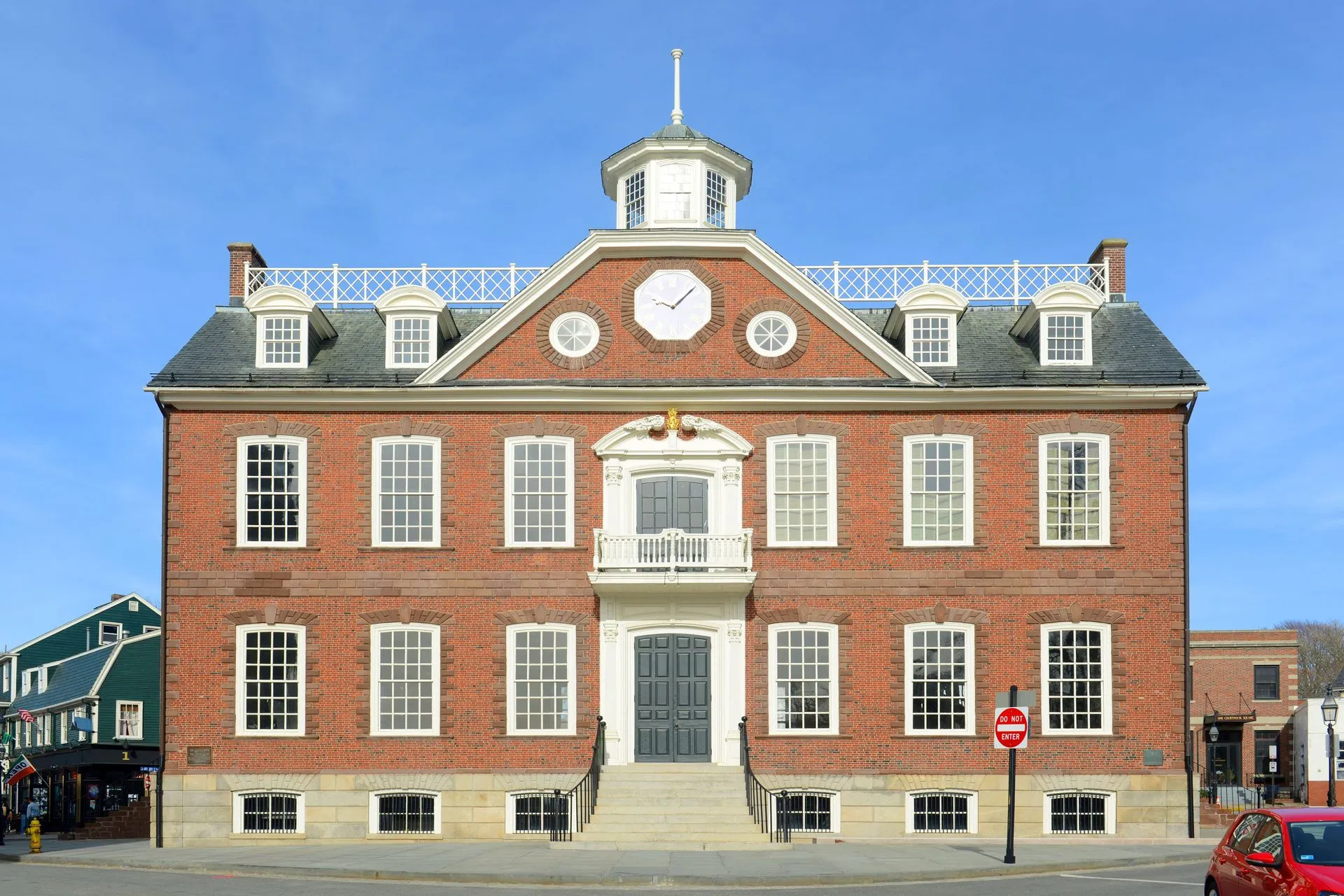The United States may be a young country compared to the rest of the world, but it still has many buildings that go back hundreds of years. Luckily, governments and residents understand the value of preserving these historic buildings. According to MarketWatch, the historic restoration market is expected to grow by several million by the end of 2029. With this uptick in restoration efforts, here is your guide to what a historic restoration contractor has to consider.
Preserve Original Character
One of the dilemmas one may have when restoring a historic building, especially one that people will live or work in, is maintaining its original character. This can be easy when dealing with materials that date back to an older period, such as hardwood. Hardwood can last for about a century with proper maintenance, and new hardwood won’t look out of place in a building built in the 1800s. Plus, professionals understand techniques to make the solid wood look slightly distressed or aged. To keep up the appearance of the character, considerations must be made throughout the rest of the materials, finishes, and architectural structure used in the building.
Building Codes
Just because a building was created in the 1800s doesn’t mean that it can’t live up to building codes in 2023. Any changes you make to an existing structure or building must be followed by modern-day codes of safety and compliance. In other words, if asbestos was used in such a historic building, developers should do what they can to remove it and ensure that it’s never used again. According to the Mesothelioma Center, asbestos is a dangerous insulation material that was outlawed before 1980 due to its link to causing cancer, so it shouldn’t be present in any building built after that. Building codes can refer to how high a building is allowed to be, fire safety codes, sanitation, and building additional structures.
Research
Anyone working on preserving a historic building should do their due diligence when it comes to research and data collection. After all, they should have an expert idea of what the building looked like in its original state. If the building has shown signs of wear and tear, having an idea of its original form will provide the right guidance in terms of what can be restored and how it should look. Architects, engineers, and interior designers should all have such knowledge to better understand this historical project.
Materials
A historic restoration contractor works to increase the shelf life of the building in their hands. Therefore, they need to ensure that the right materials are used in the right process. They need to consider shape, form, texture, and color. In other words, they must be realistic about the type of colors and designs that would have been used when the building was originally constructed.
Use of Modern Elements
While containing the look, structure, and integrity of a historic building is important, the use of modern elements is allowed as needed. Such elements should be practical when maintaining the building’s integrity. It shouldn’t distract from the character or make it seem as if it was a building from 2023 as opposed to 1823.
Budget
Renovations on a modern building can be expensive, and prices can be just as high or more when giving a historic building new life. After all, restoration involves many considerations mentioned above. You may need to consider special types of material and hire various experts to help with the project to ensure the design meets the specifications. Such a project may also have higher-end stakeholders like state or federal government officials who have played a role in designating the site as a historic landmark. If you’re dealing with a historic building that is a residential property, there are still budget considerations to consider due to building codes and other restrictions one must live up to.
As you can see, being a historic restoration contractor is never boring. It’s a job that involves many layers and research. From data collection to sourcing appropriate materials and working with a team of other experts, bringing a historic building back to life involves a lot of work and expertise. So, if there is a building, whether it’s a residential or historic site that needs restoration, you need the right historic restoration contractor on the job. Don’t hesitate to contact ESI Waterproofing and Masonry Restoration, Inc today.
